Introduction
Shiitake mushrooms (Lentinula edodes) have been cultivated for centuries, originating in East Asia where they remain a culinary staple. As the second most consumed mushroom globally, shiitakes are prized for their rich umami flavor and impressive nutritional profile. However, these popular fungi can sometimes cause an unusual skin reaction known as shiitake mushroom dermatitis or flagellate dermatitis.
This distinctive skin condition, characterized by linear, whip-like rashes, was first documented in Japan by Nakamura in 1977. Initially considered rare and primarily limited to Asian countries where shiitake consumption is highest, cases are now increasingly reported worldwide as these mushrooms gain popularity in Western cuisines.
Whether you're a food enthusiast, health professional, or simply curious about this intriguing condition, this comprehensive guide explains everything you need to know about shiitake mushroom dermatitis – from its causes and symptoms to diagnosis, treatment, and prevention strategies.
What Is Shiitake Mushroom Dermatitis?
Shiitake mushroom dermatitis, also called shiitake flagellate dermatitis or toxicoderma, is a distinctive skin reaction that develops after consuming raw or undercooked shiitake mushrooms. The condition gets its name from the characteristic "flagellate" (whip-like) pattern of the rash, which resembles marks that might be left by whipping or scratching.
While common in East Asia, particularly Japan and China where shiitake consumption is highest, cases are now increasingly being reported in Western countries as shiitake mushrooms grow in culinary popularity. The condition affects approximately 2% of people who consume raw or undercooked shiitake mushrooms.

Historical Background
The first documented case of shiitake dermatitis was reported by Nakamura in Japan in 1977. Nakamura described 23 cases of individuals who, after consuming raw or poorly cooked shiitake mushrooms, developed linearly arranged erythematous (red) lesions reminiscent of medieval self-flagellation marks.
In 1992, Nakamura predicted that shiitake dermatitis would become more prevalent globally as these mushrooms gained popularity in Western cuisines – a forecast that has proven accurate. Initially thought to be restricted to Asia, the first European case was reported in England in 2006, followed by cases in France, Germany, Spain, and the United States.
Causes and Mechanism
The Role of Lentinan
Shiitake dermatitis is primarily caused by lentinan, a thermolabile (heat-sensitive) polysaccharide found in shiitake mushrooms. Lentinan is the same compound that gives shiitake mushrooms some of their medicinal properties, including potential anti-cancer and immune-boosting effects.
When shiitake mushrooms are eaten raw or undercooked, lentinan remains active and can trigger this distinctive skin reaction in susceptible individuals. The exact mechanism by which lentinan causes dermatitis has been the subject of research and debate.

Toxic Reaction vs. Allergic Mechanism
Traditionally, shiitake dermatitis was considered a direct toxic reaction rather than an allergic response. This theory suggests that lentinan triggers the secretion of interleukin-1 (IL-1) and other inflammatory cytokines, leading to vasodilation, hemorrhage, and the characteristic rash.
However, recent evidence has suggested that an allergic mechanism may also be involved:
- Some patients with shiitake dermatitis have shown delayed positive skin prick testing
- There are documented cases of delayed-type hypersensitivity reactions
- The relatively low incidence of shiitake dermatitis despite widespread consumption suggests individual susceptibility
Current research points to a complex pathophysiology that may involve both toxic and immunologic mechanisms. Some researchers have proposed that shiitake dermatitis may represent a Th1-type hypersensitivity reaction in susceptible individuals.
Clinical Features and Symptoms
Typical Presentation
The hallmark of shiitake dermatitis is the distinctive flagellate (whip-like) pattern of skin eruption. The condition typically presents as:
- Erythematous (red) papules arranged in linear streaks
- Intensely pruritic (itchy) lesions
- Eruptions primarily on the trunk, arms, and legs
- Occasionally on the face and neck
- Rarely affects mucous membranes
These characteristic linear patterns led to the term "flagellate," as the lesions resemble marks that might be left by whipping. Interestingly, these linear patterns are not caused by scratching (Koebner phenomenon) as was initially thought, but appear to be a feature of the dermatitis itself.
Timeline and Progression
The development of shiitake dermatitis follows a predictable timeline:
- Incubation period: The rash typically appears 24-48 hours after consumption of raw or undercooked shiitake mushrooms
- Range: Onset can occur as early as 12 hours or as late as 5 days after ingestion
- Initial symptoms: The condition often begins with non-specific itching and redness
- Progression: Linear erythematous papules and sometimes petechiae (small spots of bleeding under the skin) develop
- Duration: Without treatment, symptoms generally persist for 1-3 weeks before resolving
Associated Symptoms
While the rash is the predominant feature, some patients may experience:
- Intense pruritus (itching)
- Mild to moderate discomfort
- Localized swelling
- In rare cases, systemic symptoms such as fever, diarrhea, or general malaise
- Some patients report photosensitivity (increased sensitivity to sunlight)
Special Cases
Researchers have documented some unusual presentations:
- Pustular shiitake dermatitis (rare)
- Cases with unusually severe itching
- Instances where symptoms were triggered or worsened by sun exposure
- Variations in distribution and intensity of the rash

Diagnosis
Diagnosing shiitake dermatitis relies primarily on clinical features and a thorough patient history, as there are no specific laboratory tests to confirm the condition.
Key Diagnostic Criteria
The diagnosis is typically based on:
- Characteristic rash: The distinctive flagellate pattern is often the first clue
- Recent consumption: History of eating raw or undercooked shiitake mushrooms 1-5 days before rash onset
- Exclusion of other causes: Ruling out conditions with similar presentations
Clinical Examination
A dermatologist or other healthcare provider will examine the rash, noting:
- The distinctive linear pattern
- Distribution across the body
- Intensity of erythema and pruritus
- Absence of other dermatological signs that might suggest alternative diagnoses
Laboratory Findings
Laboratory tests are generally not specific for shiitake dermatitis, but may be performed to rule out other conditions:
- Skin biopsy findings are nonspecific, typically showing mild inflammation, spongiosis, papillary dermis edema, and perivascular inflammatory infiltrate without vasculitis
- Blood tests are usually normal, though some patients may show mild inflammatory changes
- Patch tests and prick tests have shown inconsistent results and are not routinely recommended
Differential Diagnosis
Several conditions can present with similar flagellate patterns and must be differentiated:
- Bleomycin-induced flagellate dermatitis: A similar rash caused by the chemotherapy agent bleomycin, but typically associated with hyperpigmentation that persists after resolution
- Dermatomyositis: An autoimmune condition that can present with flagellate erythema along with muscle weakness and other systemic symptoms
- Adult-onset Still's disease: A rare inflammatory disorder that can occasionally present with linear rashes
- Phytophotodermatitis: Sun-induced skin reaction after contact with certain plants
- Allergic contact dermatitis: From various substances, though typically without the characteristic flagellate pattern
The key distinguishing feature for shiitake dermatitis is the temporal relationship to mushroom consumption and absence of systemic disease or medication use associated with the other conditions.
Treatment and Management
Shiitake dermatitis is a self-limiting condition that typically resolves on its own within 1-3 weeks. However, treatment can help alleviate symptoms and improve patient comfort.
First-Line Treatments
The mainstay of treatment includes:
- Oral antihistamines: To reduce itching and discomfort (e.g., fexofenadine, cetirizine)
- Topical corticosteroids: Medium to high potency formulations to reduce inflammation and itching
- Emollients: To soothe the skin and maintain hydration
For Severe Cases
In more severe cases, additional interventions may include:
- Oral corticosteroids: Short courses may be prescribed for extensive or particularly uncomfortable eruptions
- Specialized topical preparations: To address specific symptoms like intense pruritus
Supportive Care
Patients should also be advised to:
- Avoid scratching: Which can exacerbate symptoms and potentially lead to secondary infection
- Wear loose, soft clothing: To minimize friction and irritation
- Avoid potential triggers: Including sun exposure, which has been reported to worsen symptoms in some cases
- Stay hydrated: To support overall skin health
Course and Prognosis
Most patients experience:
- Improvement in symptoms within 2-7 days with treatment
- Complete resolution within 3 weeks
- No long-term sequelae or complications
- No residual skin changes or pigmentation alterations after healing
Prevention
Prevention of shiitake dermatitis focuses primarily on proper cooking of shiitake mushrooms to denature the lentinan compound.
Cooking Methods
Effective cooking methods include:
- Temperature: Cook shiitake mushrooms to at least 145°C (293°F) to denature lentinan
- Time: Boil for at least 15-20 minutes or cook thoroughly by other methods
- Visual cues: Ensure mushrooms are completely cooked through, not just seared or lightly heated
Some sources specifically recommend:
- Baking at 400°F (204°C) for at least 20 minutes
- Thorough boiling in water for 15-20 minutes
- Complete cooking in soups and stews
Risk Reduction
Additional preventive measures include:
- Awareness: Understanding that raw or undercooked shiitake mushrooms can cause this reaction
- Caution with preparation: Being particularly careful with shiitake preparation methods that might leave parts undercooked (e.g., quick stir-frying)
- Restaurant precautions: Those who have experienced shiitake dermatitis should inquire about shiitake preparation when dining out
Special Considerations
For individuals who have previously experienced shiitake dermatitis:
- Consider avoiding shiitake mushrooms entirely if the reaction was severe
- If consuming shiitake mushrooms, ensure they are thoroughly cooked
- Be aware that recurrence is possible with repeated exposure, especially to undercooked mushrooms
Global Perspective and Emerging Trends
Geographic Distribution
While shiitake dermatitis was initially reported almost exclusively in East Asia, particularly Japan and China, the condition is now recognized globally:
- Asia: Remains the region with the highest prevalence
- Europe: Increasing cases reported since the first European case in 2006
- North America: Growing recognition and reporting in recent years
- Australia and other regions: Emerging cases correlating with increased shiitake consumption
Trends in Incidence
Several factors contribute to changing patterns of shiitake dermatitis worldwide:
- Globalization of cuisine: Increased popularity of Asian cooking and ingredients
- Health food movement: Growing interest in mushrooms for nutritional and medicinal properties
- Commercial availability: Wider distribution of fresh and dried shiitake mushrooms
- Awareness among healthcare providers: Better recognition and reporting of cases
Research Directions
Current and future research focuses on:
- Clarifying the exact pathophysiological mechanism
- Identifying risk factors for susceptibility
- Developing potential preventive strategies beyond cooking
- Understanding the prevalence and natural history of the condition
Practical Advice for Consumers
Safe Consumption Guidelines
To enjoy shiitake mushrooms safely:
- Always cook thoroughly: This is the single most important preventive measure
- Follow recipes: Traditional preparations generally include thorough cooking
- Visual assessment: Ensure mushrooms change color and texture completely during cooking
- Temperature guidelines: Cook to internal temperature above 145°C (293°F) when possible
When to Seek Medical Attention
Consult a healthcare provider if:
- You develop a rash after consuming shiitake mushrooms
- The rash is extensive, particularly uncomfortable, or persists beyond 2-3 weeks
- You experience any unusual or severe symptoms alongside the rash
- You have concerns about possible complications or infection
Conclusion
Shiitake mushroom dermatitis represents a fascinating intersection of food science, dermatology, and immunology. As shiitake mushrooms continue to gain popularity worldwide for their culinary appeal and potential health benefits, awareness of this distinctive reaction becomes increasingly important.
The good news is that shiitake dermatitis, while uncomfortable, is self-limiting and leaves no lasting effects. Furthermore, it's easily preventable through proper cooking methods that denature the responsible compound, lentinan.
For culinary enthusiasts and health-conscious consumers alike, understanding shiitake dermatitis ensures that these nutritious and flavorful mushrooms can be enjoyed safely, with minimal risk of developing this distinctive flagellate eruption.
By following proper cooking guidelines and recognizing the symptoms should they occur, you can enjoy all the benefits shiitake mushrooms have to offer while minimizing potential adverse reactions.

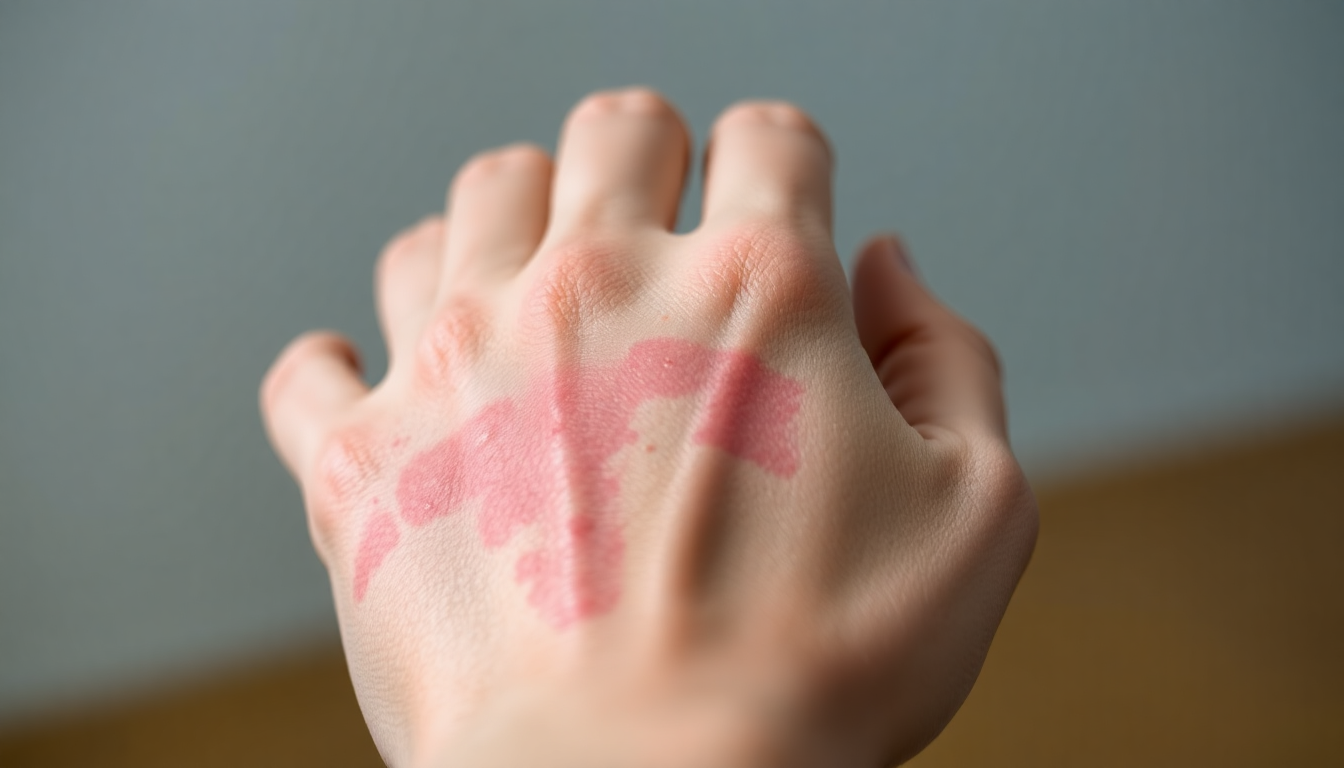
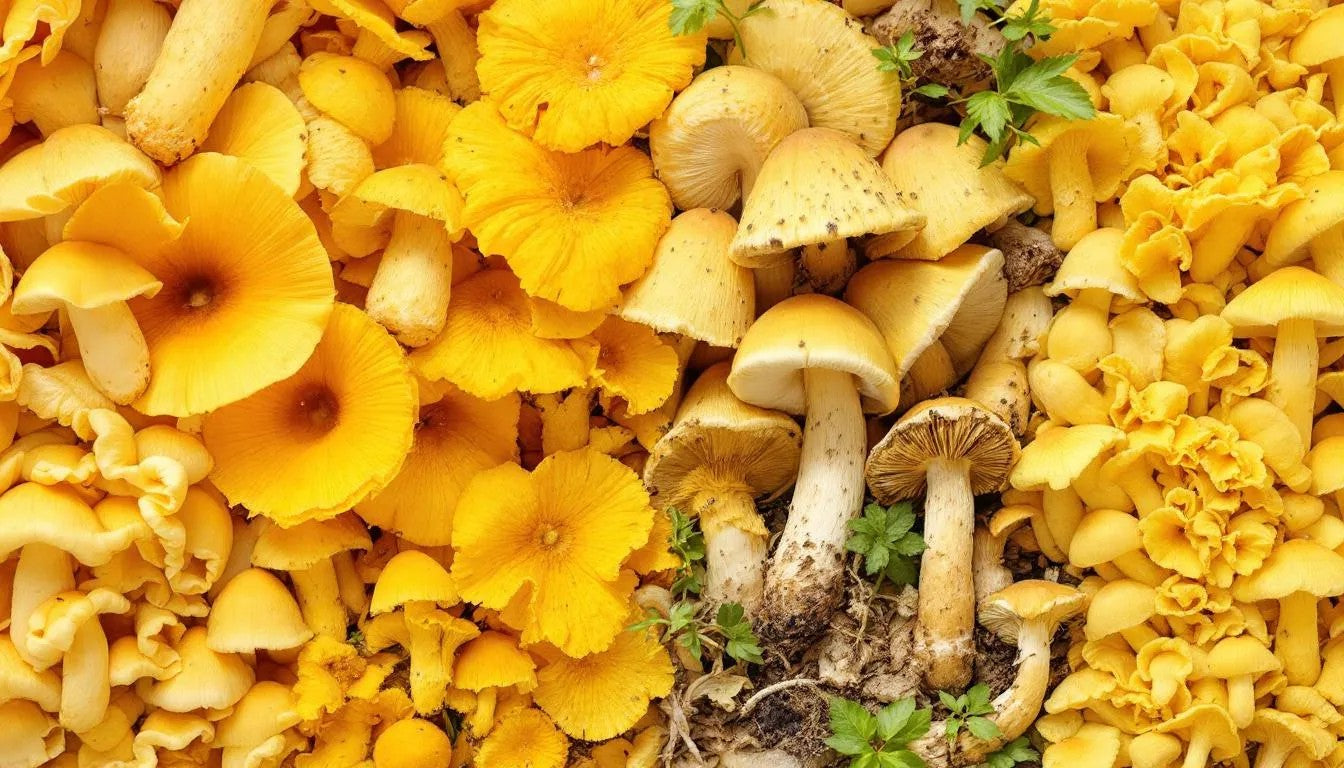
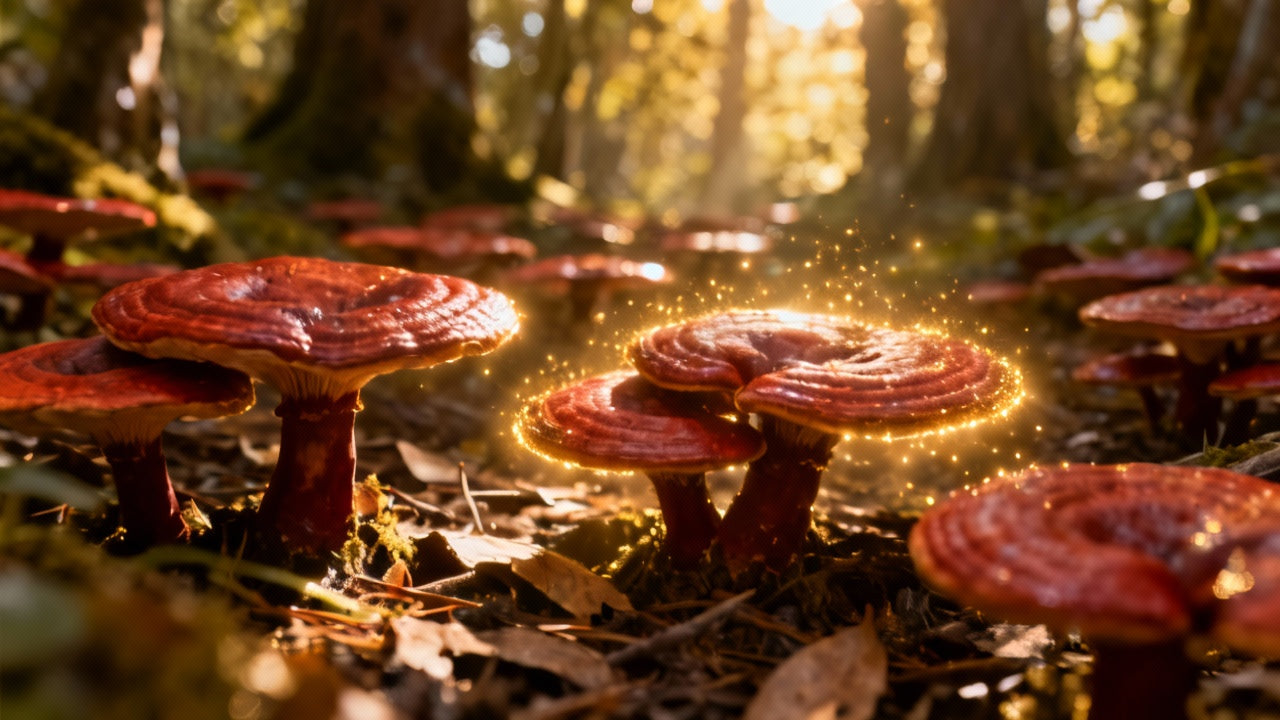
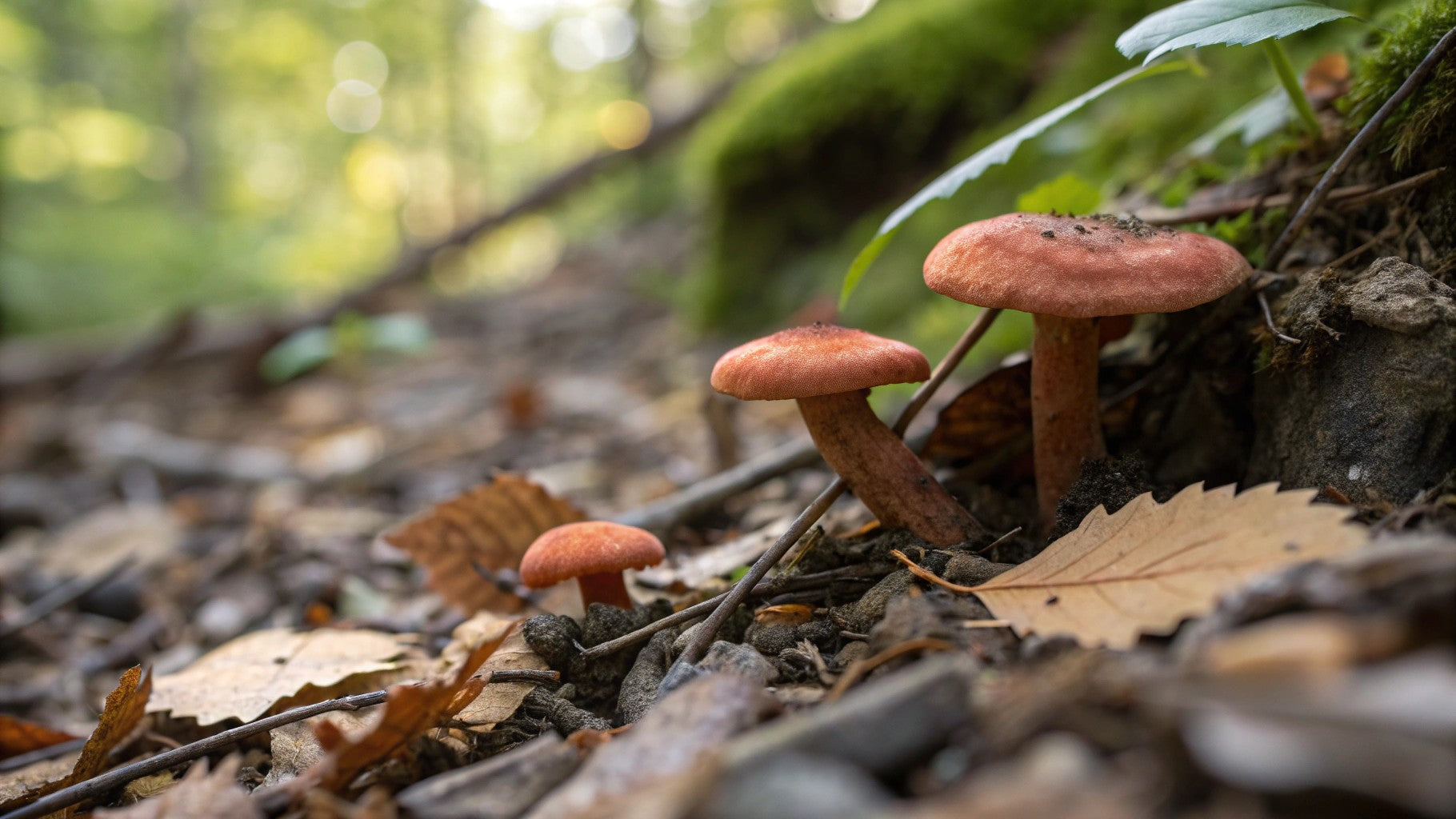



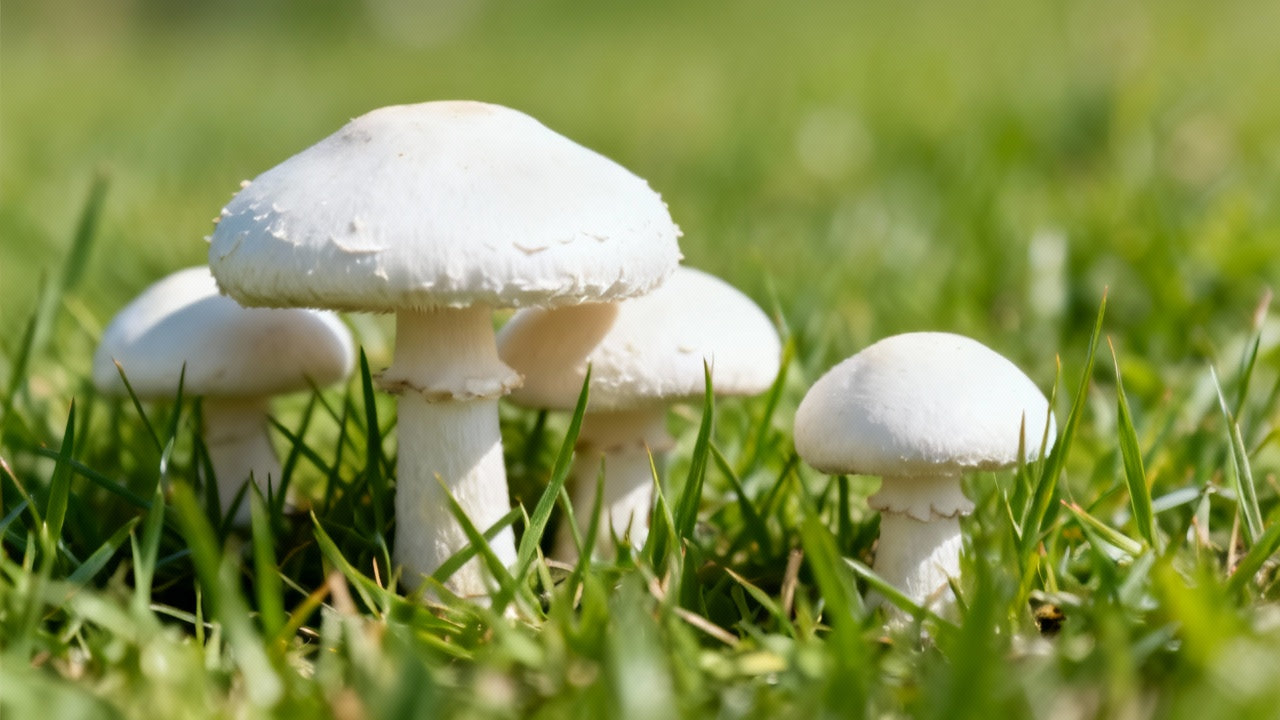
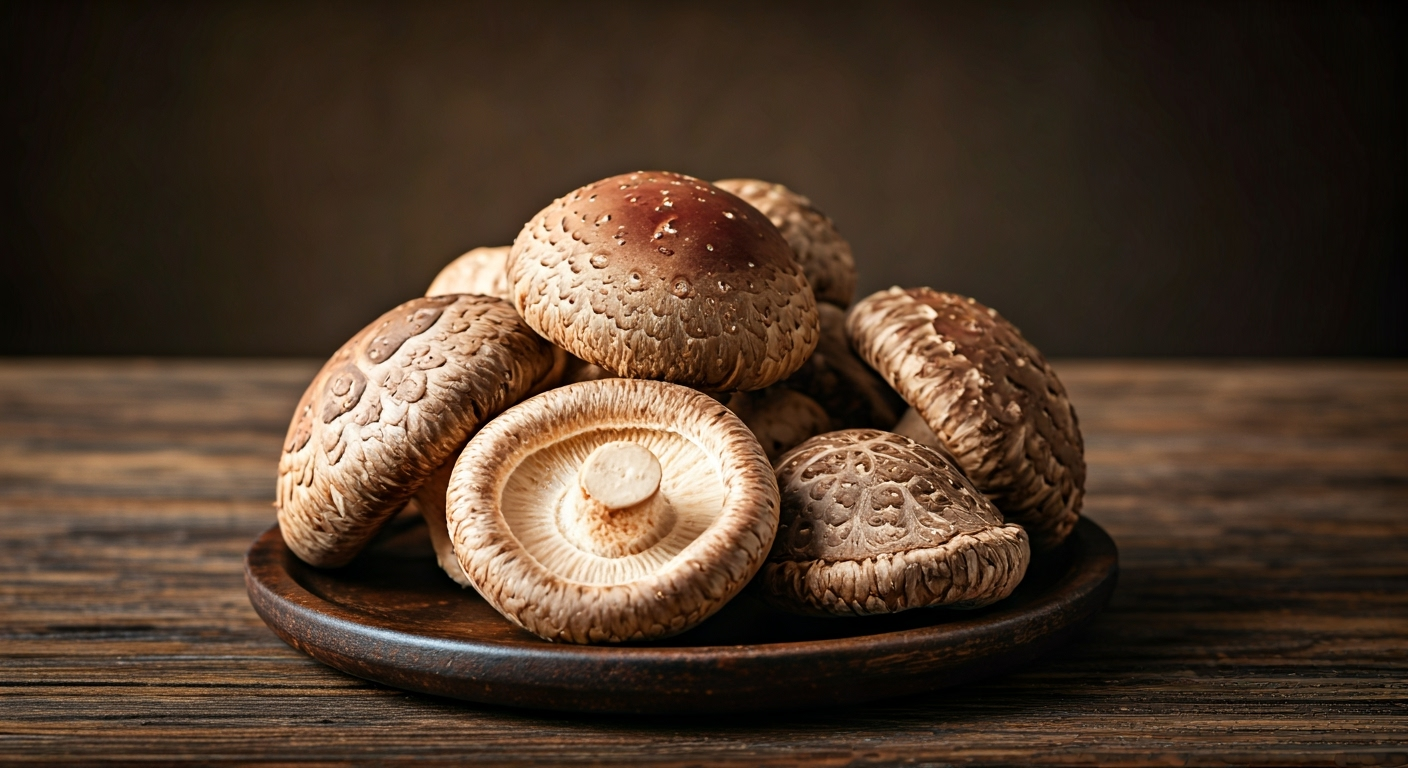




Share:
Dried Shiitake Mushrooms: A Gourmet’s Delight for Flavor Lovers
Shiitake Mushroom Side Effects: What You Need to Know